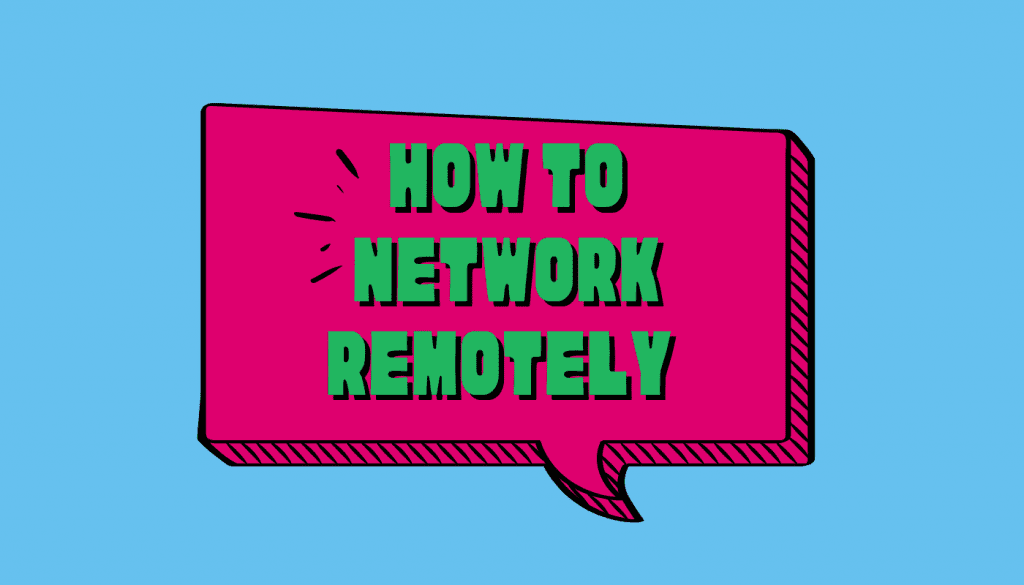Every business is on a three-step journey: survive, adapt, and thrive. Before COVID-19 hit, many were adapting or had adapted…
During this global pandemic approximately 7.5 million employees have been furloughed (more than 1 in 5 of the UK’s workforce)…
Outsourcing is becoming more popular as technology propels the business world forward. And why wouldn’t it? Outsourcing manual, low-value tasks…
Do your staff members often come to you with questions or problems that they could potentially work out themselves just…
How to say “no” nicely (and not damage business relationships in the process) One of the most important things you…
Nobody starts a business to see it crashing after a couple of years. No one wants their business to stay…
So many businesses are in the position where they need to cut overheads but how do you do this without…

Small to medium-sized businesses have to go the extra mile to stand out from competitors, particularly when those competitors can…

Are you finding that some of your clients, some who have previously been good clients, have suddenly become quite fussy?…

In the short-term, it seems likely that many of us will remain working from home even after government orders to…


